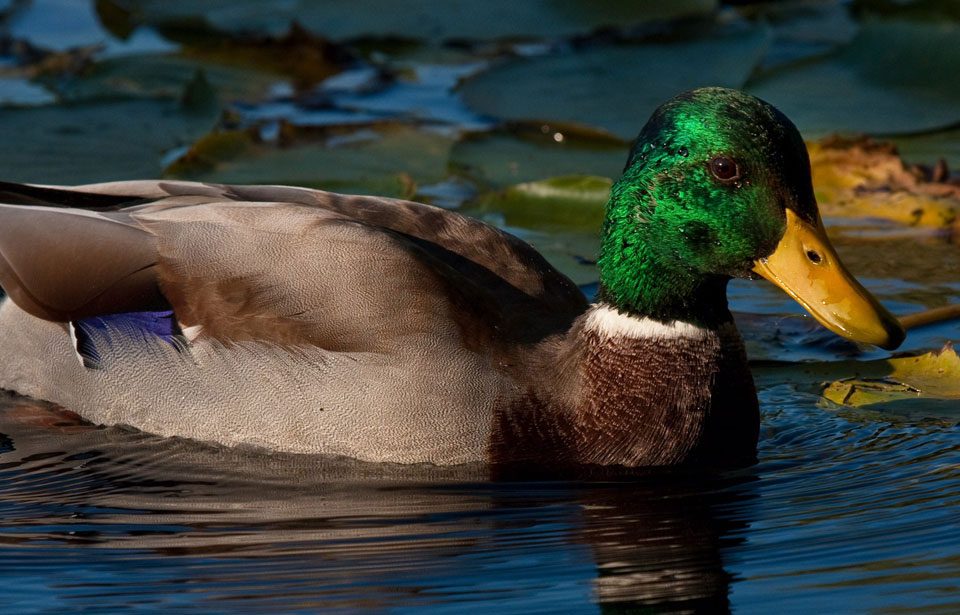Woodpeckers, salamanders, deer, hawks, salmon, bats, and flying squirrels may not be the first things that come to mind when you think of life in the big city. Many urban rivers and streams have been channelled or replaced with cement sluiceways and culverts. Fields, forests, and marshlands that once abounded with wildlife have given way to industrial developments, apartment blocks, and residential areas. And many towns and cities spew untreated sewage directly into rivers and oceans.
But valuable habitat still remains on the shores of cities like Vancouver, Montreal, and Charlottetown. The largest urban park in North America lies alongside the Rouge River, an essentially wild ecosystem near Toronto. Here are some suggestions on how to reclaim an urban waterfront for wildlife:
Organize a shoreline cleanup crusade: Plastic bags, cigarette butts, six-pack rings, broken glass, and other debris take a huge toll on creatures that choke when they mistake trash for food or get entrapped in or injured by it. Large debris like car engines, bicycles, and washing machines can block streams and damage the habitat of wildlife like muskrats, turtles, and trout. Monitor the site regularly after the cleanup.
Identify sources of water pollution and take corrective action: For advice on how to start up a water quality crusade in your community, see Conserve Water Quality.
Keep off the grass: Conventional landscaping with sprawling, green turf and native plants cleared to the waters edge causes erosion and eliminates wildlife habitat. Pesticides from urban lawns and parks make their way into water bodies, where they kill valuable plants and insects, while fertilizers foul aquatic ecosystems by causing algae to grow out of control. Inform waterfront dwellers and municipal parks authorities of the effects of their actions. Although they may be reluctant to have their sod transformed into shoreline buffer zones, they may agree to leave an uncut strip of grass along the banks. Mice and voles will roam in this miniature jungle, rabbits will munch on clover and grass, and swallows will swoop for flying insects.
Remember, a buffer is a shore’s best friend. The vegetation buffer described in Restore a Ribbon of Life [insert link] may not be practical on an urban waterfront. But a shoreline meadow can offer food and shelter to pollinating insects, ground-nesting birds, and countless other species while keeping pesticides and fertilizers out of waterways. Transform a high-maintenance, chemical-gulping lawn into a natural community of grasses and wildflowers. Clear the area by tilling 15 to 20 cm deep. In spring, seed with clover, fescue, switchgrass, asters, lupines, butterfly weed, or other plants suited to your region. Avoid using commercial wildflower mixes, which often contain invasive species. For a list of suitable plants, see the Shoreline Planting Chart. Visit CWF’s Wild About Gardening Web site for a list of Canadian sources of native plants and seeds.
Use sign language. Post signs along the shoreline that encourage cyclists to stay on designated trails, passers-by to protect the ecosystem, and other visitors not to dump.



